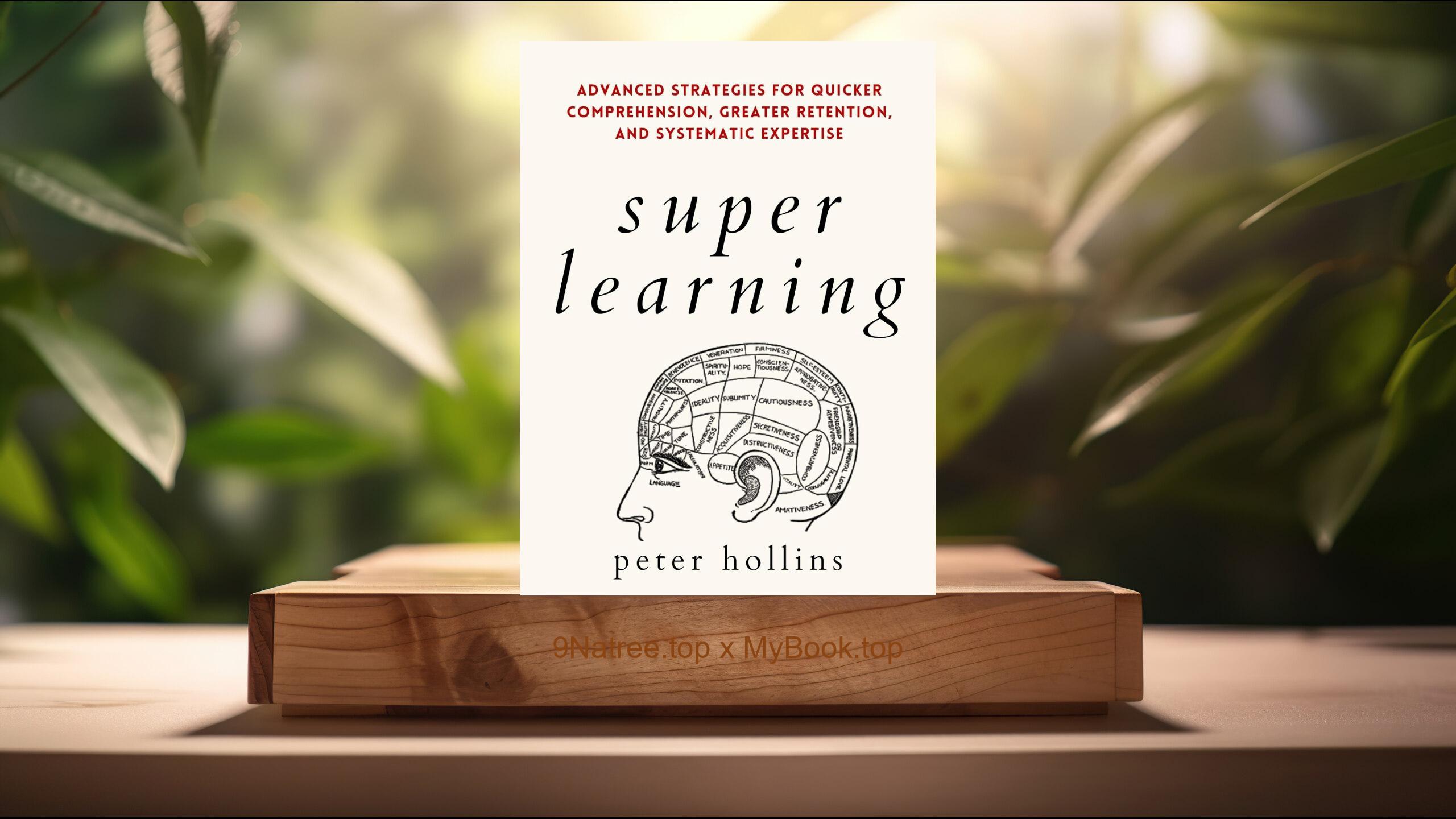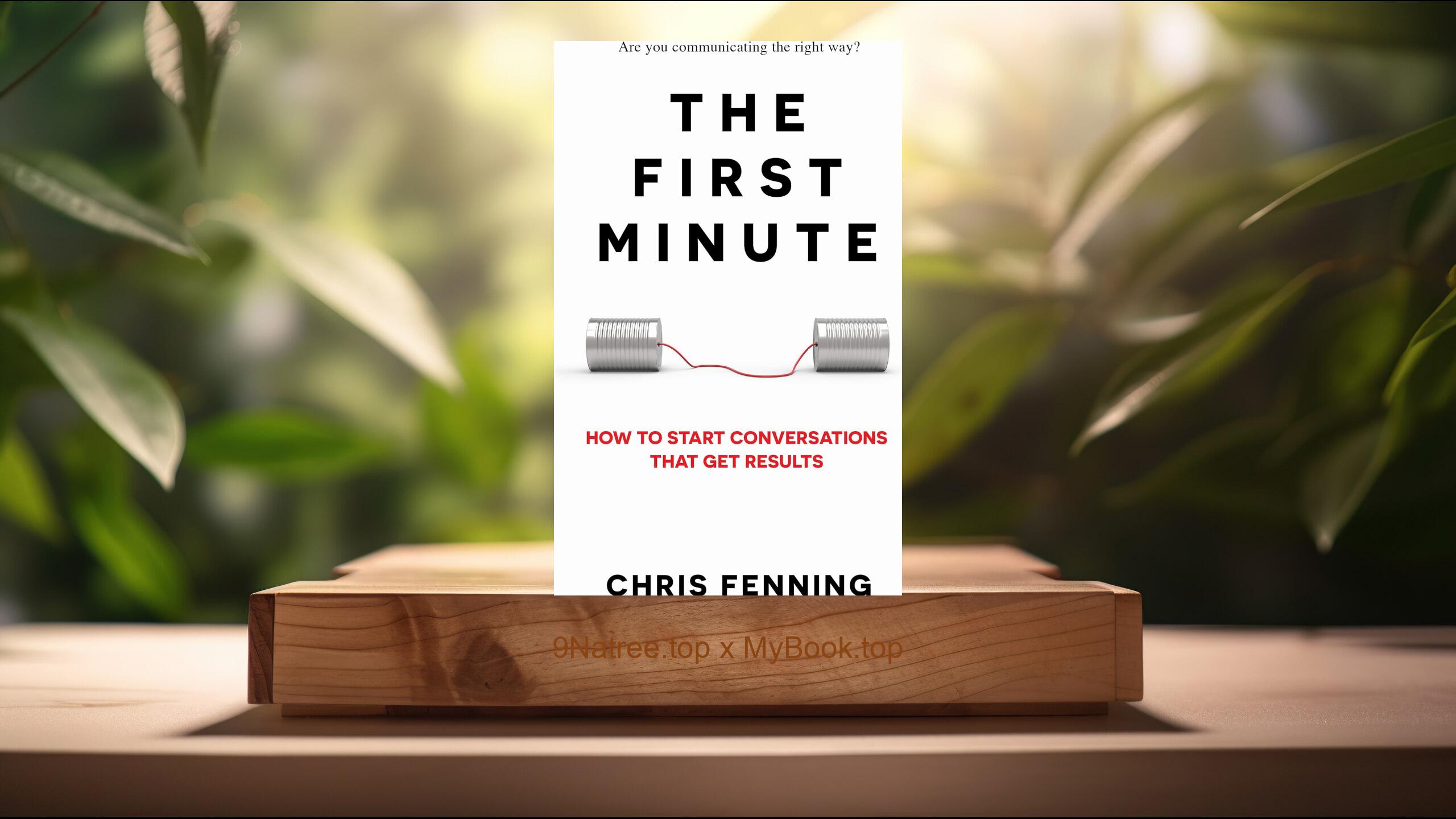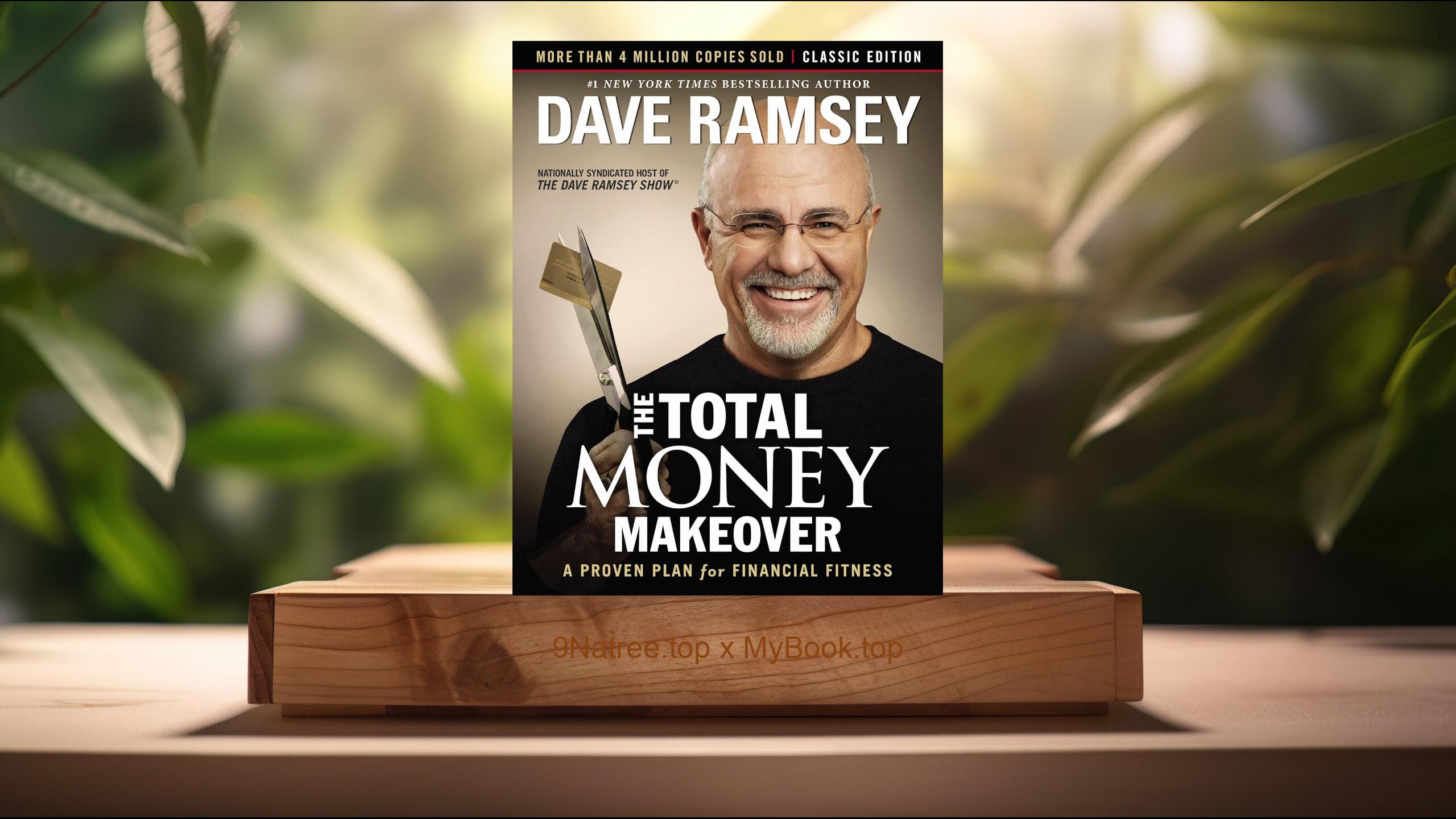Show Notes
- Amazon US Store: https://www.amazon.com/dp/B01DTE9GO4?tag=9natree-20
- Amazon Worldwide Store: https://global.buys.trade/TED-Talks-The-Official-TED-Guide-to-Public-Speaking-Chris-Anderson.html
- Apple Books: https://books.apple.com/us/audiobook/ted-talks-the-official-ted-guide-to-public-speaking/id1102590828?itsct=books_box_link&itscg=30200&ls=1&at=1001l3bAw&ct=9natree
- eBay: https://www.ebay.com/sch/i.html?_nkw=TED+Talks+The+Official+TED+Guide+to+Public+Speaking+Chris+Anderson+&mkcid=1&mkrid=711-53200-19255-0&siteid=0&campid=5339060787&customid=9natree&toolid=10001&mkevt=1
- Read more: https://mybook.top/read/B01DTE9GO4/
#publicspeaking #TEDTalks #ChrisAnderson #effectivecommunication #presentationskills #storytelling #audienceengagement #speechwriting #TEDTalks
These are takeaways from this book.
Firstly, Understanding Your Audience, A central piece of advice from Anderson is the importance of understanding your audience. Knowing who you are speaking to is critical in crafting a message that resonates. A successful talk begins with empathy—considering the perspectives, interests, and backgrounds of the people in front of you. This approach ensures that the content is tailored not just to convey a message, but to connect and engage. It involves asking who the audience is, what they care about, and how your message aligns with their values or interests. Understanding your audience helps in navigating the complexity of human emotions and thought processes, making your talk a memorable experience for them.
Secondly, Crafting a Compelling Narrative, Another vital strategy discussed by Chris Anderson is the art of crafting a compelling narrative. Humans are naturally drawn to stories because they allow us to see our own lives in the context of others, providing both connection and perspective. A powerful narrative can elevate a presentation from a mere transfer of information to an emotional and intellectual journey. Anderson emphasizes the significance of building a storyline that hooks the audience from the start, develops with intrigue, and concludes with a satisfying resolution. This involves having a clear central idea, employing elements of surprise or curiosity, and use of vivid language that paints mental pictures. Ultimately, a well-constructed narrative is an essential tool for making your talk impactful and unforgettable.
Thirdly, Mastering the Delivery, Mastering the art of delivery is another crucial aspect explored in the book. Anderson delves into the nuances of voice modulation, eye contact, body language, and timing, among other elements that contribute to a powerful delivery. He suggests that a speaker’s presence on stage can significantly affect the audience's reception of the talk. Authenticity and passion are key; practicing your presentation while maintaining a natural tone and posture can make your message more relatable. Moreover, Anderson points out the importance of managing nervousness and turning it into positive energy that enhances the talk. Mastering delivery is not just about what is said, but how it is said, making it a potent tool for engaging your audience.
Fourthly, Utilizing Visuals Effectively, In today’s multimedia age, Anderson recognizes the power of visuals in enhancing a presentation. He offers guidance on how to integrate slides, videos, and other visual aids into a talk so that they complement rather than distract from the message. Effective use of visuals involves simplicity, relevance, and timing. Visuals should serve as an extension of your narrative, providing clarity or emphasizing key points without overwhelming the audience with information. Anderson also advises against overreliance on visuals, suggesting speakers ensure their talk can stand strong even without them. By effectively utilizing visuals, speakers can add another layer of engagement and understanding to their presentations.
Lastly, Handling Q&A Sessions, Anderson does not overlook the importance of the question and answer sessions that often follow public talks. He views Q&A as an opportunity to reinforce your message, engage directly with the audience, and address any uncertainties or objections. Preparing for potential questions, listening carefully, and answering with confidence are key strategies. Additionally, Anderson stresses the power of humility and honesty in responding to questions, suggesting that admitting when you don’t know an answer can actually enhance credibility. Effective handling of Q&A sessions can leave a lasting impression, making them a crucial aspect of successful public speaking.
![[Review] TED Talks: The Official TED Guide to Public Speaking (Chris Anderson) Summarized](https://episodes.castos.com/660078c6833215-59505987/images/1840278/c1a-085k3-kp2r5mrjtpqm-r449dw.jpg)




